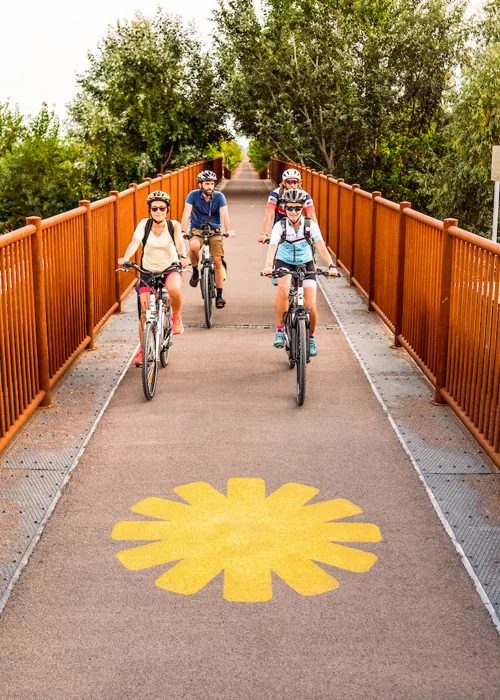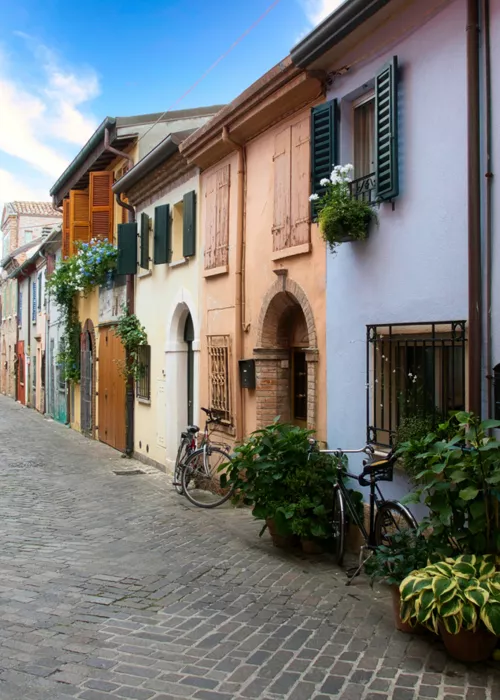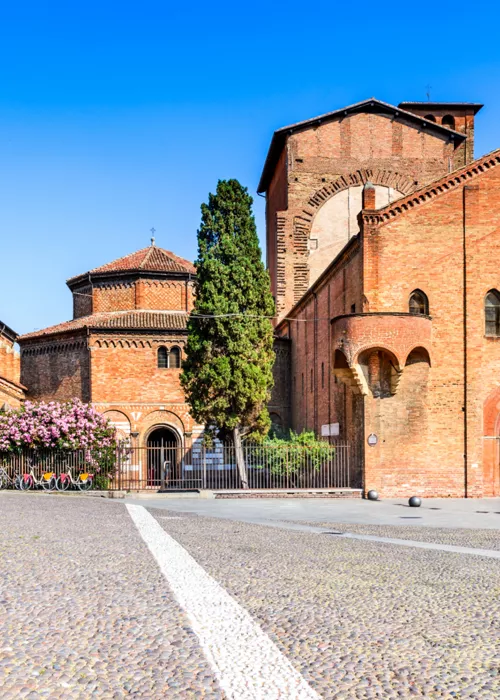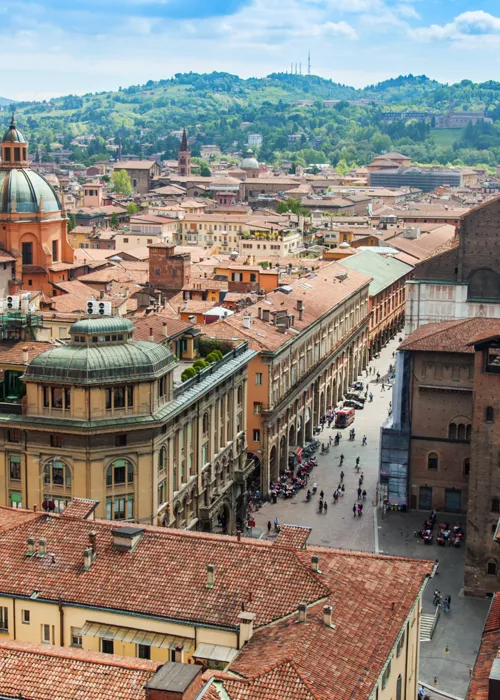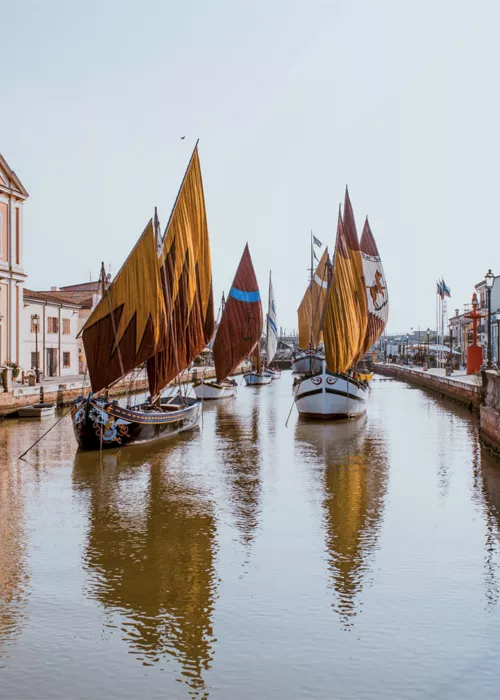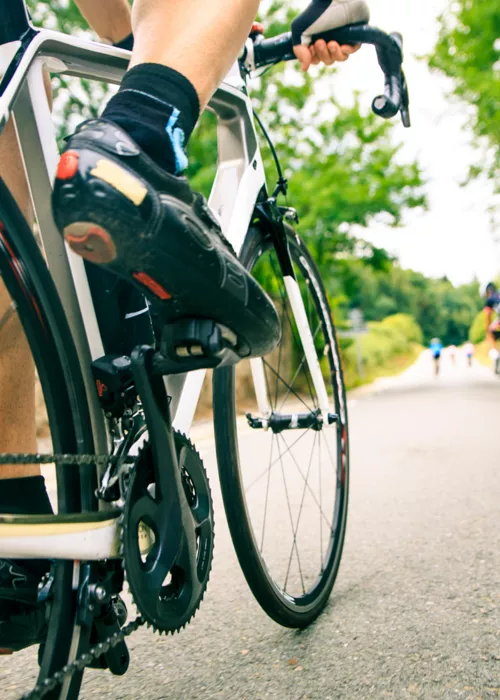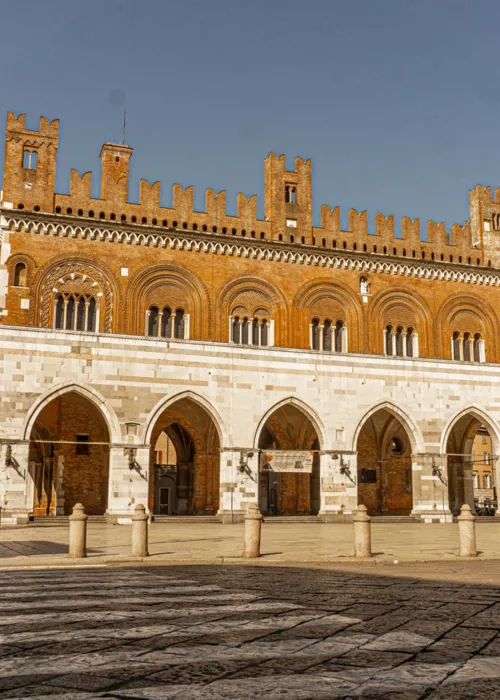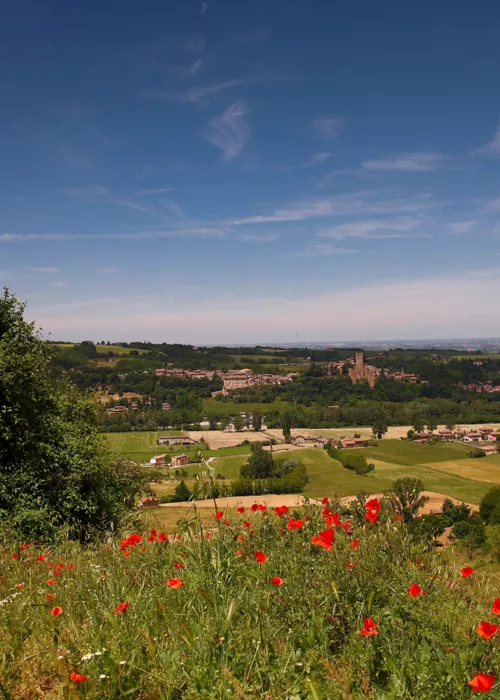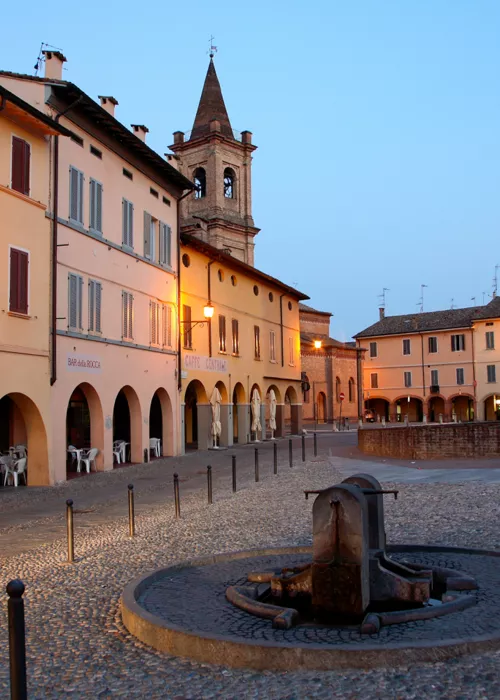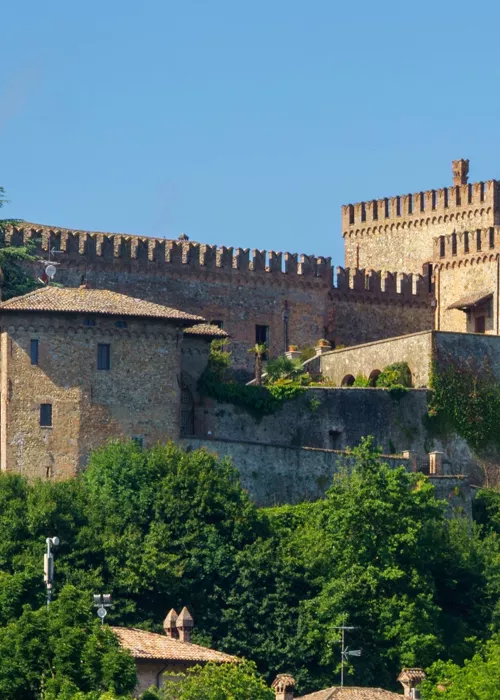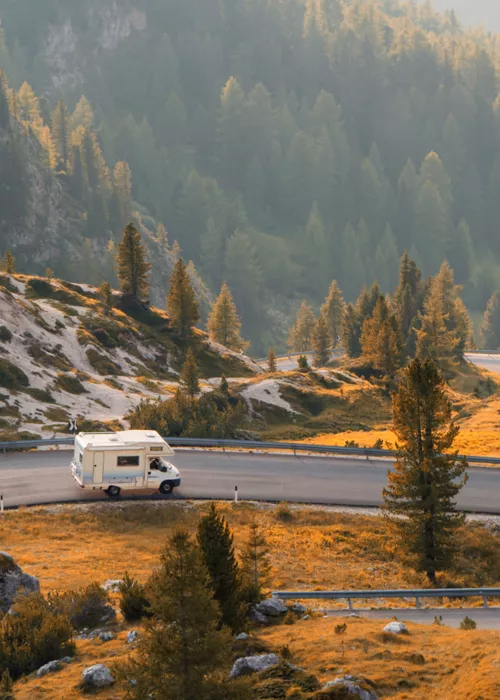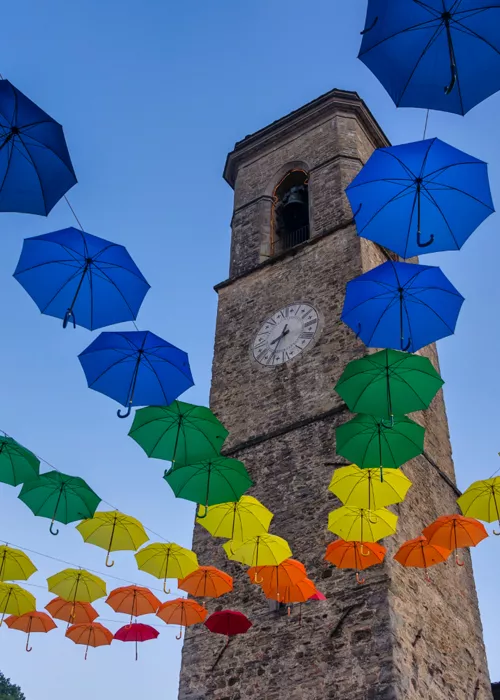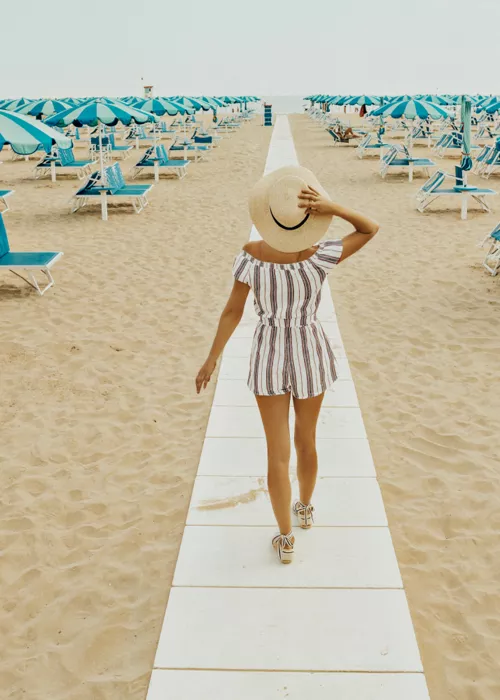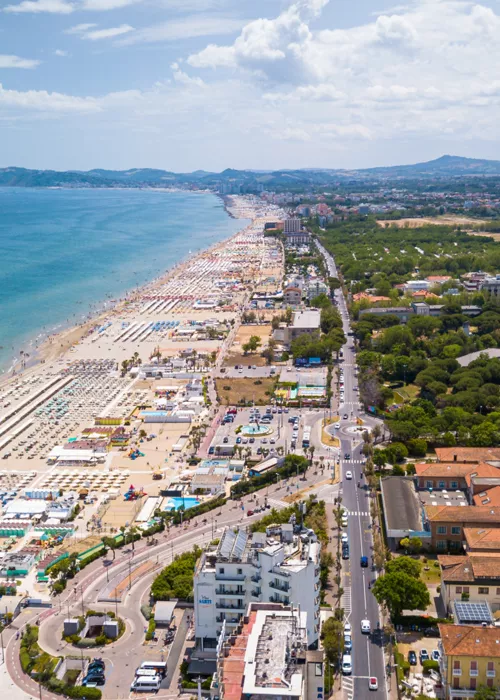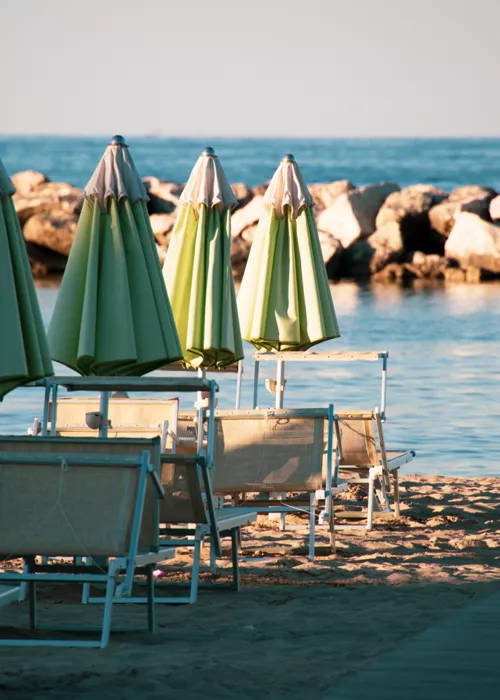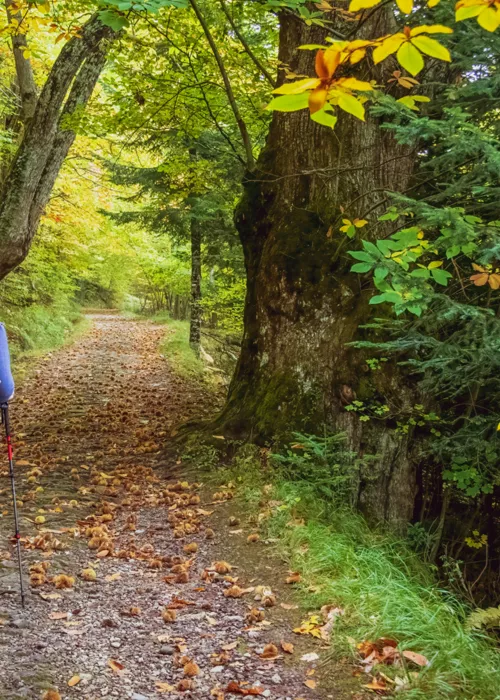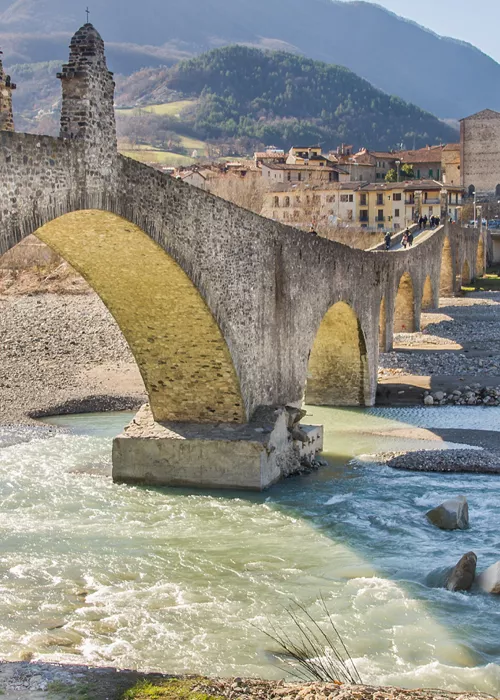Savigno

The Samoggia Valley is the location of Savigno, in an area known for making fine wines. An typical example is the renowned Trattoria Amerigo 1934, where it is worth booking a table for lunch or dinner to sample the fruits of the land and its traditional recipes, offered and presented here with a modern twist, no added fat and little oil. The chef and owner is Alberto Bettini, who personally selects the best fruits and leaves from the fields of producer Federico Orsi at Vigneto San Vito before successfully reworking them into appetising dishes. One example is “Federico Orsi’s herb pie”, a traditional Emilian recipe that stands out on the trattoria’s menu. For his skilfully hand-rolled pasta, meanwhile, Alberto carefully selects eggs from Emilio Ruggeri's free-range hens at the Pollo Samoggia farm, together with Maurizio Vallona's organic flour from Fattorie Vallona. In addition to being a winemaker, Maurizio has put together a mill to grind ancient blends as well as a couple of modern varieties. For cured meats, on the other hand, Alberto relies on the Cà Lumaco farm in the municipality of Zocca, which breeds free-range Mora pigs to produce exceptional organic charcuterie.
Monteveglio

What more could a landscape painter ask for? An abbey standing on the hillside and a countryside of timeless beauty composed of valleys, villages and vineyards. This is the vision that appears on the threshold of the Samoggia Valley, and this time we’re in Monteveglio. Here, at the heart of the abbey, in the centre of the Monteveglio Abbey Regional Park, we find Trattoria del Borgo. Perched up on a hilltop, the owner Paolo Parmeggiani is unable to cultivate a vegetable garden and therefore has an agreement with the Ca’ Vecia farm 400 metres away. Every year, he buys the amount of produce needed for his restaurant, sourcing fresh and seasonal fruit and vegetables. Parmeggiani’s basic idea is “to let everyone do their job, because it’s smarter to leave it to those who do it best. So, instead of making bread at home, I look for the best bakery in the area and serve their bread in my restaurant, telling my customers where it comes from.”
For Moretta cherries, a local protected variety with no grafting of commercial varieties, the idea is to “adopt a tree”, i.e. to purchase the fruit of an entire tree from the farmer. And to process the fresh fruit that cannot be sold, a small workshop called Rubedo has been set up in Castello di Serravalle, run by a young man who produces exquisite cherry jams, preserves and juices with fruit that would otherwise be wasted but is sold instead to nearby restaurants. One of these is Trattoria dai Mugnai, run by Stefano Parmeggiani, which occupies a former flour mill, as seen from the words painted on the façade. It is one of the few historical buildings in Monteveglio outside the walls of the town centre. It offers traditional cuisine and products of local origin.
Corte d’Aibo, a farm, winery and agritourism run by winemaker Antonio Capelli, was an example of sustainability before the word even existed. Since it was founded in 1988, it has been based on environmental preservation, investing in renewable energy and sustainable technology. It began over thirty years ago with an organic farming project that “was considered crazy at the time”, Antonio told us. “The aime of the project was a return to the hills”, following the slow rhythms of the land to produce local wines and recover our roots. Ten years ago, when Antonio started out, biodynamic agriculture and a holistic approach in balance with the Earth’s ecosystem were viewed as some kind of witchcraft. Antonio produced wines without sulphites when no one was talking about it, whereas now everyone demands it. “We use terracotta amphorae from the Etruscan tradition that enhance the characteristics of the grape.” But the fundamental thing is the type of farming they want to implement in Valsamoggia: an agriculture of proximity. “I was exporting 80% of my wine, but what’s the point of organic, biodynamic agriculture that respects the land if I then end up exporting it to Japan? Doesn’t it make more sense for my local grocery store to ask for the bottles? We need a new way of doing agriculture, where you incorporate your personality, your sensitivity, your ability to spend time out in the fields and observe. Not a form of agriculture based on protocols, models and standards.”
Crespellano

The hamlet of Crespellano is known as the “City of Villas”; there are ten in total if we also include the immediate vicinity. One of the finest examples is the seventeenth-century Villa Aldrovandi, which belonged to the family of the celebrated botanist and is decorated with friezes and heraldic motifs. Another is Palazzo Grassi, now Garagnani, which houses the library. This sixteenth-century building has an austere beauty, culminating in the tower that looms over the village and looks down on the parish church.
It is here that Federico Orsi works at his farm Vigneto San Vito, which produces naturally fermented wines using a biodynamic method, diversifying over the years with the addition of a vegetable garden and small-scale breeding of Mora Romagnola pigs. This biodynamic garden, rich in biodiversity and ancient varieties, produces the vegetables that end up on the tables of Trattoria Amerigo 1934, as well as those of Corte d’Aibo, Trattoria del Borgo and Enoteca La Zaira. This means that not just wine but also products with less appeal, such as courgettes or tomatoes, can have their story told by the expert hands of local chefs, who bring out the best in them.



